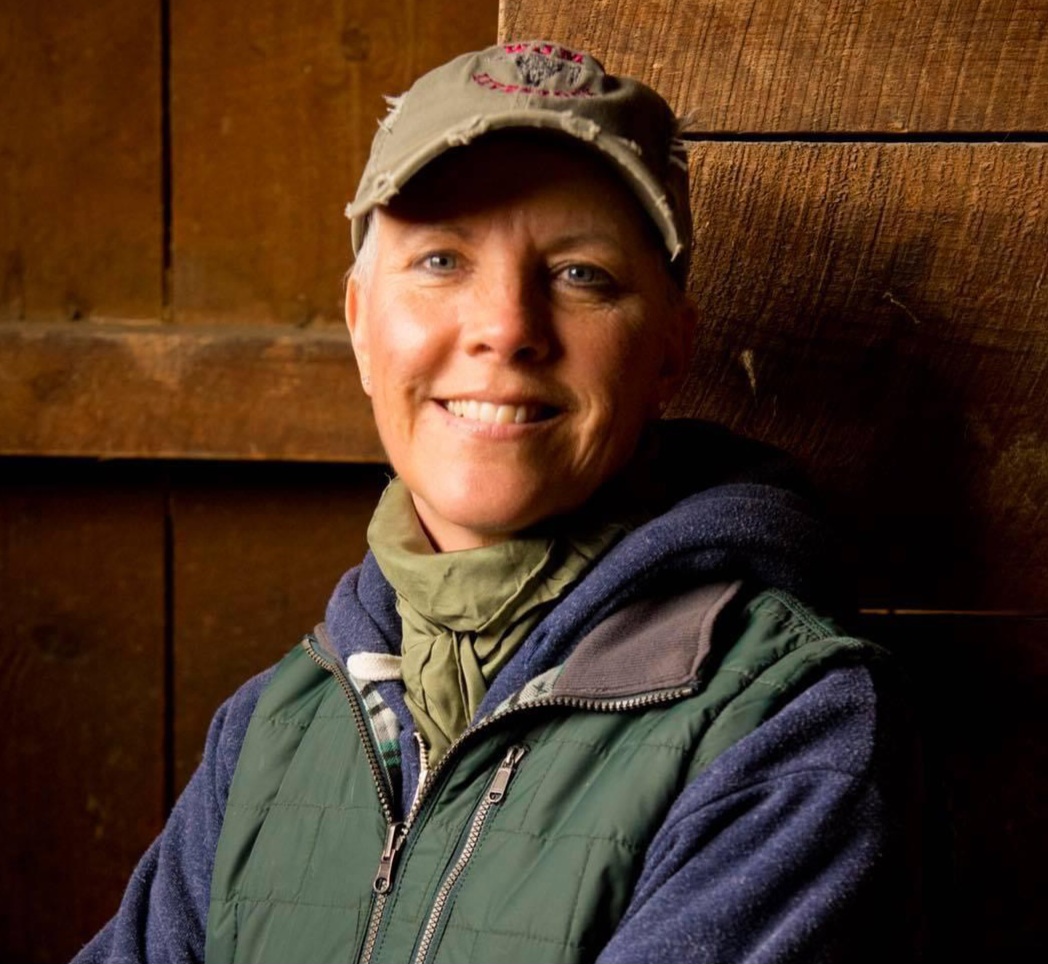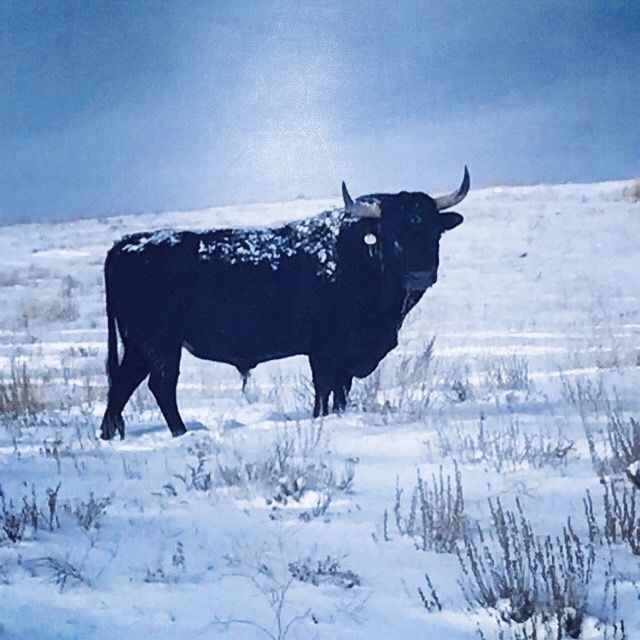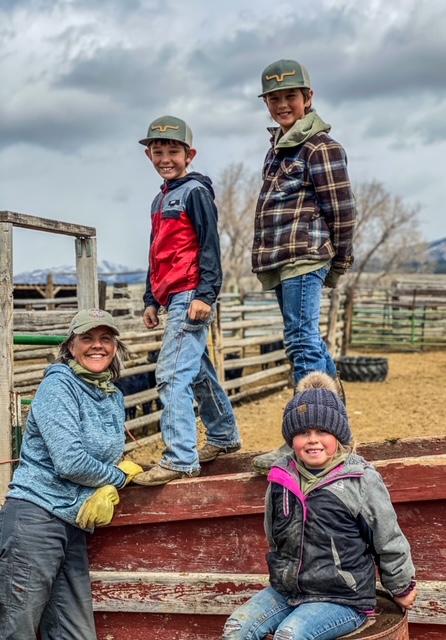There’s Hope On The Horizon - Ya Reckon?
 | Author:
Denise Thompson, MT43News AG Correspondent
Denise Thompson |
Denise Thompson
MT43News AG Correspondent
Is the sun setting on the U.S. Cattle Industry and YOUR ability to buy beef MADE IN THE USA? Did you know that over 85% of the grass-fed beef in the American market is imported product? That’s no bull! In 20 years’ time this nation has become a meager 15% of the beef supply chain for you, the consumer! What’s even more insane is that imported beef is actually labeled ‘product of the USA.’ How can that be? Well, if “value” of any kind is added in America to that imported product then it can legally be labeled ‘Product of the USA.’ Value can refer to as little as grinding it, slicing it, cutting it, labeling it, packaging it, re-boxing it, transporting it, etc., etc.. Yes, animals born, raised, and slaughtered in Canada, Australia, New Zealand, Uruguay, much of Latin America or another of the 20 countries that import beef into America, if they pass inspection, are then labeled ‘Product of the USA.’ Crazy, ya reckon?
We’ve all heard of the BIG FOUR meat packing plants that are adding ‘insult to injury’ for the small producers and dominating the processing industry, controlling over 80% of the market. Their near-monopoly power allows them to manipulate prices, putting ranchers and independent beef producers at a major disadvantage: Low prices for producers and high prices for consumers, lack of market competition with limited buyers for cattle and little bargaining power, packers dictate terms through captive supply and forward contracts (they own their own cattle or use contracts that guarantee supply) to reduce the number of cattle they buy on the open market, processing bottleneck making it difficult for the small producers to find available slaughterhouses, hold retail and distribution power, lack of transparency in the supply, demand and pricing trends, all while importing cheaper beef, undercutting American ranchers.
The American cattle herd is currently at its lowest level since 1962, when there were over 1.3 million cattle ranchers in the U.S. In 2023, only around 700,000 cattle ranches existed in our country. One year later, (2024, that number dropped by 200,000 cattle ranchers! We are currently hovering around 500,000! This is frightening! Less than 1% of the U.S. population is responsible for the nation’s beef production, with a trend indicating further consolidation within the industry, with fewer operations managing larger herds. Fortunately, cattle prices have been on an uptick for a couple of years, due in part to a combination of low supply and strong demand. This has helped producers stay in the ‘game,’ even though production expenses continue to shoot many in the foot!
There’s hope on the horizon, ya reckon? Can we save the American cattle rancher? Is there value in protecting the farm or ranch for the next generation? ABSOLUTELY!
Supporting the small cattle operations (any ag. operations for that matter) is ESSENTIAL for protecting and preserving local agriculture, rural economies, and sustainable, healthy food systems for all! BUY LOCAL! Go to the farmers markets! Buy direct from those local hard working ranching families, purchase on-line from your favorite rancher, frequent the stores that sell local beef (and other products), support legislation that helps small producers, continue advocating for local USDA inspected meat processing facilities to help small ranchers sell directly to consumers, educate and spread awareness, share your experience and knowledge, and by all means continue to EAT BEEF! Thank you.
For the Love of Ag, From the Heart of a Western Woman.
Denise Thompson
Article Images
Click on Image Thumbnail(s) to view fullsize image
PhotoCredit: Photo Credit: Denise Thompson
Image 1 Caption: No Bull! 85% of the beef you buy at the store, although labeled ' Product of the USA,' is actually from another country.
Photo Credit: Denise Thompson
Image 2 Caption: There is hope for the family ranch, thanks in large part to you, the consumer!
Photo Credit: Denise Thompson

